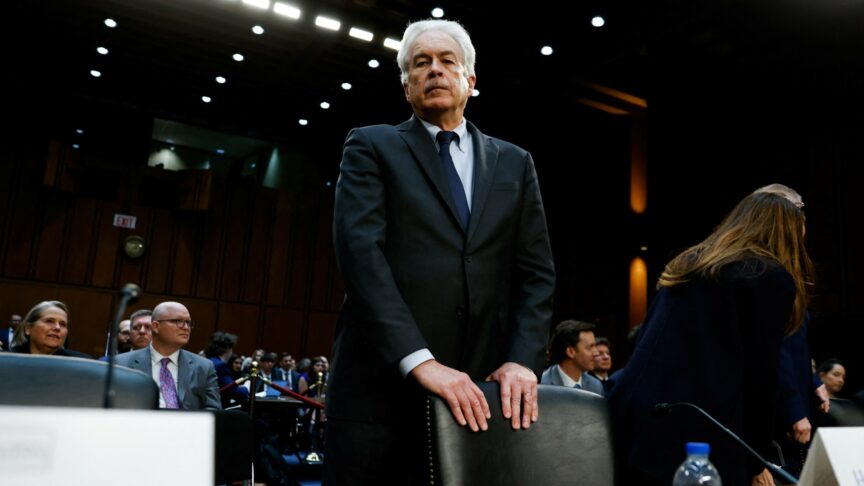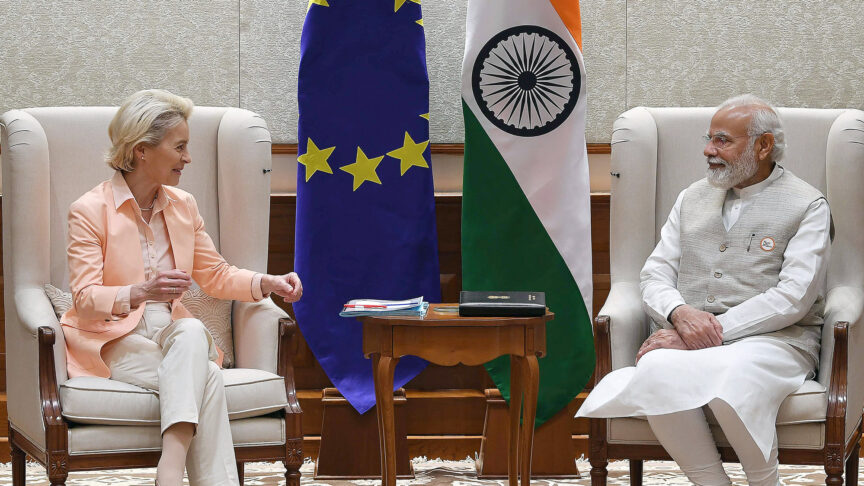Leading without Chairing: Spain?s EU Presidency under the Lisbon Treaty
For a middleweight country like Spain, the most successful means of exerting influence on the world stage is to exert influence in the EU
On
January 1st, 2010, Spain assumed the rotating presidency of the Council
of the European Union for the fourth time. In view of the success of
its previous three presidencies (1989, 1995 and 2002), as well as its
participation for more than two decades in the European integration and
its strong commitment to Europe, Spain has the experience, resources
and proven diplomatic capacity to rise confidently to the challenge.
For
a middleweight country like Spain, the most successful means of
exerting influence on the world stage is to exert influence in the EU.
Making Spain’s interests part of Europe’s interests is the most
effective way of protecting them; to strengthen the European Union is
to strengthen Spain. To prove its committed Europeanism then, Spain
must relinquish its ‘private areas’ of interest in international
affairs, give up tactical unilateral alliances with non-EU countries
and focus on European solutions to national and international
challenges.
Prime Minister José Luis Rodríguez Zapatero has
already made clear that Spain’s EU presidency will not be merely
administrative, concerned only with the busy day-to-day schedule; it
will be a grander political project with broader strategic objectives.
Of course, the Spanish Government will continue the important policy
work it has led in Europe so far, such as budget management, migration,
Latin America and the Mediterranean. But Spain also has much to
contribute in other less traditional areas such as climate policy,
relations with Russia or gender equality.
The Government has
also attached particular importance to the Lisbon Treaty’s trio of
presidencies and is working closely with the Belgian and Hungarian
governments to coordinate the eighteen months that include the three
respective terms. So far, the Government’s performance in managing this
joint programme has been impressive, and its success here should lead
to an extension of Spain’s influence beyond its six-month presidency.
Hence the importance in outlining a significant long-term blueprint;
this additional period could be crucial in consolidating the
achievements of the Spanish presidency of the Council.
The
Lisbon Treaty has definitely transformed the European legal and
institutional architecture. The victory of the Yes vote in the Irish
referendum and the last-minute signature of Czech President Vaclav
Klaus opened the way for this newly reformed EU and ushered in the new
figures of the President of the European Council and the High
Representative of the Union for Foreign Affairs and Security Policy. A
number of new elements in the new treaty make the existing institutions
more effective, consistent and transparent: the increase of co-decision
procedures in the European Parliament, the greater involvement of
national parliaments, the extension of qualified majority voting in the
Council and the creation of a European External Action Service that
will provide back up and support to the High Representative.
Since
the new treaty came into force on December 1st, the rotating presidency
will see its functions considerably limited in favour of the EU
Presidential four aces: Herman Van Rompuy as President of the European
Council, Jose Manuel Durão Barroso as President of the European
Commission, Catherine Ashton as Vice-President of the Commission and
High Representative and, finally, the President of the European
Parliament chaired by Jerzy Buzek. Spain will be the first EU Member
State that will hold the six-month presidency under this new scenario.
The way in which Spain manages its relationship with the President of
the European Council will shed light on the existing uncertainties
about the equilibrium among EU institutions after the Lisbon Treaty.
Despite
the fact that Spain has elaborated a comprehensive agenda for its
six-month presidency and for the trio period, the rotating presidencies
will lose some functions and visibility in favour of the President of
the European Council and the High Representative of the Union. Since
the Treaty of Lisbon came into effect, the presidency of the European
Council and of the General Affairs Council are not held by a Member
State Prime Minister and Foreign Affairs Minister respectively but by
these two new figures. This will demonstrate the extent to which the
capacity for action and the responsibilities of the country holding the
rotating presidency may be affected. If there was an international
crisis that required a rapid, forceful response, for example, it would
be hoped that the permanent President would be the visible face of the
European Union. Relinquishing the lead where necessary, the Spanish
Government should help establish the President as the lead figure of
the Union, demonstrating the country’s deep commitment to Europe and
laying the foundations for a new way of running the presidencies
whereby the Member States are at the service of the Union rather than
the other way round.
The presidency of the Council of the EU offers Spain a unique opportunity to show its Europeanism by acting in three directions:
- Deepening institutional integration by implementing the Lisbon Treaty;
- Re-formulating the integrationist coalition with the most
supportive governments in order to create cores of closer integration
whilst applying pressure to deploy existing mechanisms and opening new
areas of integration hand in hand with the European Commission and the
European Parliament; - Resisting all unilateral temptations, avoiding concentrating solely
on Spain’s traditional interests, and instead tackling firmly and
decisively the central issues of the European agenda.
The fact of the matter is that Euroscepticism, or at least a certain
Euroindifference, has gained ground in public debates in some of the 27
Member States. However, in the face of this scenario, it is more
important than ever that some initiatives in favour of integration are
promoted. The Spanish government should particularly explore the
psossibility of adding new Member States to this renewed integration
drive. In my opinion, a good way of starting up the integration engine
would be to conclude the presidency with an important Institutional
Declaration comparable to the Laeken Declaration, which in 2001 began
the process of the Convention and placed the European Constitution on
the horizon. This new declaration, which would contain the core ideas
of the Reflection Group on the Future of Europe, would mark the end of
a period of uncertainty focused on procedural issues and on absorbing
the last enlargement, and would pave the way for a new phase of greater
attention to the world’s main problems (climate change, security,
poverty and global governance) and, at the same time, greater proximity
to the concerns and opinions of EU citizens.
In sum, the
rotating Presidency of the Council of the EU is a double chance for
Spain to contribute to strengthening the European Union. On the one
hand, the Spanish Government as Presidency of the Council will have to
take a step back in the interest of the permanent President of the
European Council. But, on the other hand, Spain will have to take a
leading role in renewing the compromise of the European citizenship
with this integration project. The project of Europe we defend is a
strong, open, institutionally solid European Union capable of
international leadership, committed both to the major global challenges
and to the specific problems of its citizens in times of economic
difficulty.
Narcís Serra is President of Barcelona-based Centro de relaciones internacionales y cooperacion internacional (CIDOB) and an ECFR council member.
This piece was first published in Europe’s World.
The European Council on Foreign Relations does not take collective positions. ECFR publications only represent the views of their individual authors.


